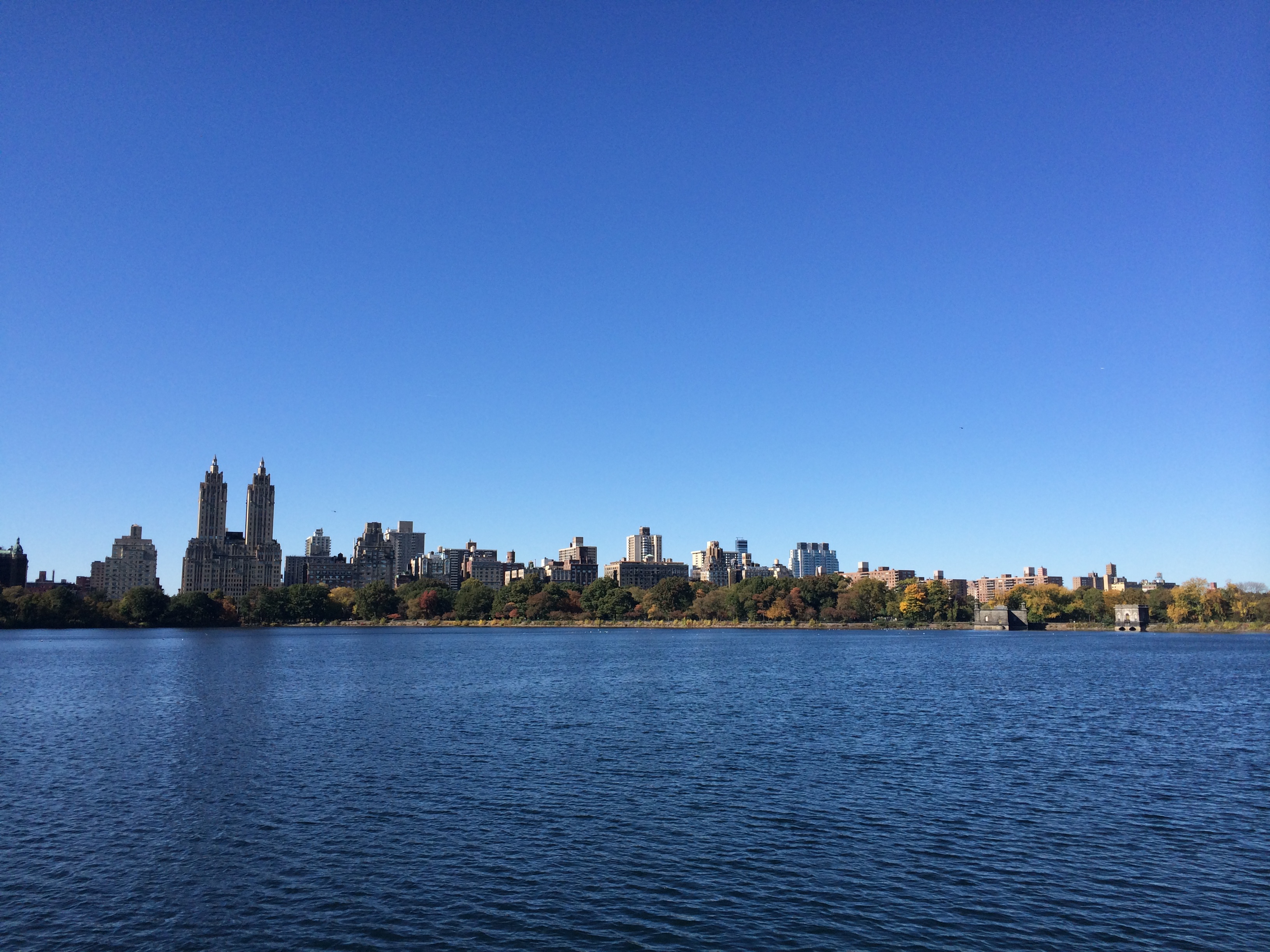United States, New York City
FC-02x Livable Future Cities ( Self- Paced) - Compulsory Exercise 4

Uploaded on 2017-07-30 by Ekaterina Gogoleva
--Provisioning services: >Fresh water Drinking Water. New York City drinking water is world-renowned for its quality. Each day, more than 1 billion gallons of fresh, clean water is delivered from large upstate reservoirs—some more than 125 miles from the City—to the taps of nine million customers throughout New York state. --Regulating services: >Erosion prevention and maintenance of soil fertility Affected entities are encouraged to use mulch where appropriate to prevent erosion in New York State and City, stabilize soil, conserve water, prevent the spread of invasive species, and improve soil fertility. The use of the right mulch in the right place can be a key component of green infrastructure. --Habitat or Supporting services: >Habitats for species The distribution of plant and animal species in New York closely corresponds with ecoregional boundaries. These areas of ecological homogeneity, which are defined by similarities in soil, physiography, climate, hydrology, geology and vegetation, are used in the New York Comprehensive Wildlife Conservation Strategy (CWCS) to reference some species distribution information. The ecoregional descriptions which follow are based on The Nature Conservancy classifications for New York. You can also view a 76 kb pdf map of New York's ecoregions. --Cultural services: >Tourism New York City comprises 5 boroughs sitting where the Hudson River meets the Atlantic Ocean. At its core is Manhattan, a densely populated borough that’s among the world’s major commercial, financial and cultural centers. Its iconic sites include skyscrapers such as the Empire State Building and sprawling Central Park. Broadway theater is staged in neon-lit Times Square.